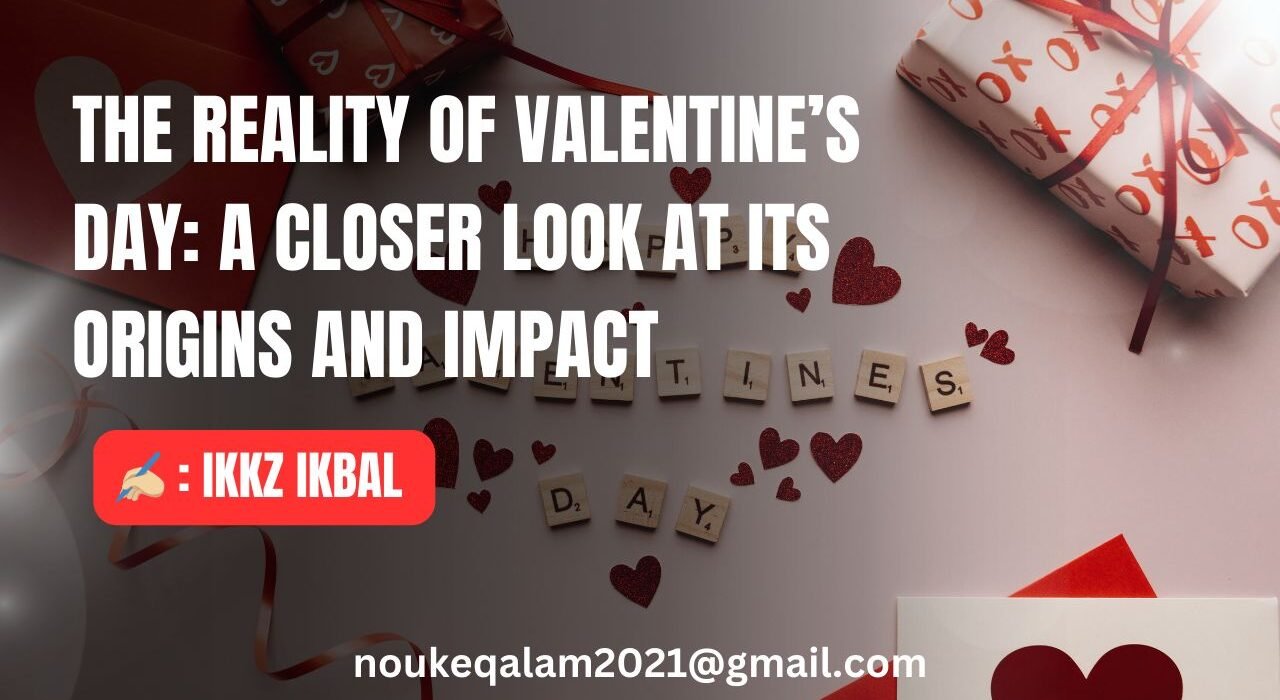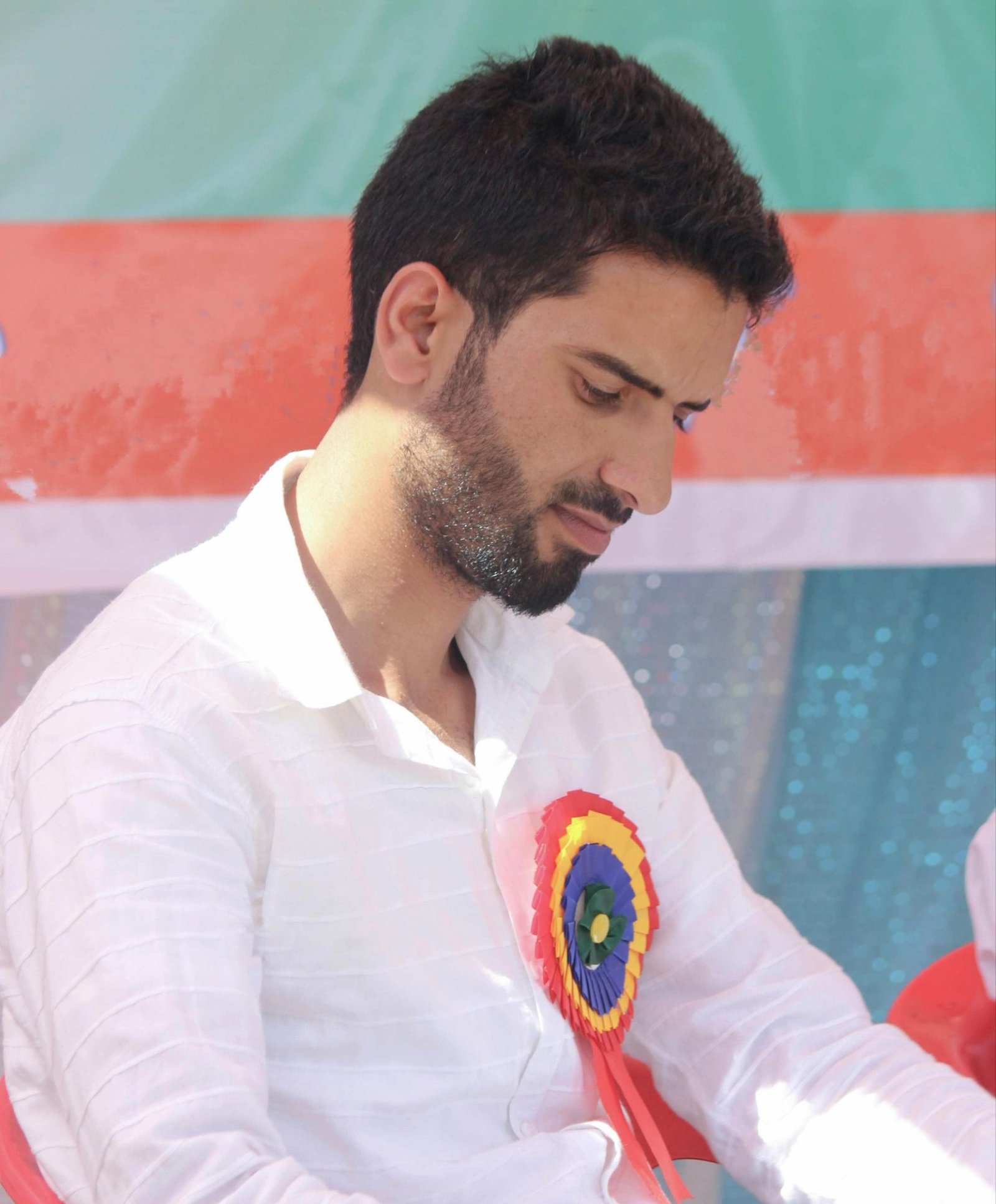Every year, February 14 is celebrated as Valentine’s Day, a time when people express love and affection with gifts, flowers, and romantic gestures. But how many of us truly understand the origins of this day? Beneath its glossy surface of red hearts and Cupid’s arrows lies a history that is far from innocent. The modern celebration of Valentine’s Day is deeply rooted in ancient Roman festivals and later blended with Christian history, evolving into what we see today—a day that promotes open relationships, materialism, and a culture that often deviates from moral and ethical values.
The Pagan Roots: Lupercalia and the Roman Gods
To understand the reality of Valentine’s Day, we must go back to ancient Rome. The month of February was significant for the Romans as it marked the transition from winter to spring. During this time, they celebrated a festival called Lupercalia, which honored the gods Pan (the god of nature and fertility) and Juno (the goddess of marriage and childbirth). The festival involved rituals that encouraged fertility and unrestrained relationships.
One of the key customs of Lupercalia was the pairing of young men and women through a lottery system. The names of women were placed in a container, and men would randomly select them. The pair would then engage in relationships, often of a sexual nature, in the name of love and fertility. This practice, which had no moral or ethical boundaries, was a glorification of desire over commitment, of passion over responsibility.
It is from this festival that we get the concept of Cupid—the so-called god of love—whose arrows were believed to make people fall in love. The Greek word Eros, which means love, was later transformed into erotica, leading to the normalization of relationships based on lust rather than deep commitment.
The Christian Influence: The Story of St. Valentine
Amidst the Roman culture of unrestricted relationships, Christianity began spreading, promoting values of morality, family, and organized relationships through marriage. During the 3rd century AD, Emperor Claudius II banned marriages among young men, believing that single soldiers fought better than those with families.
However, a Christian priest named Valentine defied this order and secretly performed marriages for young couples. He was eventually arrested and executed on February 14. Before his death, he wrote a letter to one of the couples he had married, signing it “From Your Valentine,” a phrase that would later be commercialized into modern Valentine’s Day cards.
While Valentine was a figure of love in the form of commitment and lawful marriage, the festival of Lupercalia was about open sexuality. Over time, these two ideas were merged, creating an illusion of romance while maintaining the Roman tradition of unrestrained relationships.
The Modern Reality: A Culture of Exploitation
Today, Valentine’s Day has become a billion-dollar industry, promoting consumerism and unrealistic expectations in relationships. The sale of flowers, chocolates, gifts, and greeting cards is pushed aggressively by businesses, turning love into a transaction rather than a sincere emotion.
More dangerously, the day is used as an excuse to normalize casual relationships, leading to a decline in values like modesty, respect, and responsibility. The media—through movies, social media, and advertisements—glorifies a culture where relationships are based on attraction rather than commitment, where physical appearance is prioritized over moral character.
The impact of this culture is evident in rising divorce rates, broken families, unwanted pregnancies, and an increase in sexually transmitted diseases (STDs). According to the World Health Organization (WHO), over one million sexually transmitted infections (STIs) are acquired every day worldwide, with many linked to casual and irresponsible relationships.
The Islamic Perspective: Love with Responsibility
Islam does not oppose love—it encourages love in its purest and most meaningful form. However, it strongly emphasizes responsibility, commitment, and morality. The Quran states:
“And do not come near to fornication. Indeed, it is an abomination and an evil way.” (Surah Al-Isra 17:32)
Unlike other sins where Allah says “Do not do it,” when it comes to fornication and adultery, He warns: “Do not even come close to it.” This highlights the seriousness of the matter. Islam acknowledges the natural attraction between men and women but guides it through the institution of marriage, ensuring that relationships are built on respect, commitment, and stability.
It is time for people—especially the youth—to question the influence of modern culture and take control of their own lives. The focus should be on building meaningful relationships based on trust and respect rather than being swept away by fleeting emotions.
Instead of celebrating Valentine’s Day in a manner that contradicts moral values, why not use it as a reminder to honor commitments, strengthen family bonds, and promote love within the framework of dignity and respect?
Education, personal growth, and self-respect should be prioritized over materialistic and superficial ideas of love. The youth must be encouraged to invest their time in developing their skills, pursuing knowledge, and maintaining their moral compass.
As society continues to be flooded with messages that push unrestrained relationships, it is the responsibility of parents, educators, and conscious individuals to guide the next generation toward a path of dignity and responsibility.
Valentine’s Day is not just an innocent day of love. It has deep roots in pagan traditions that promote open sexuality, later disguised under the name of a Christian saint. Today, it serves as a tool for consumerism and a means to erode moral values.
True love is not found in a box of chocolates or a bouquet of roses; it is found in a committed relationship where mutual respect, responsibility, and sincerity exist. A society that values morality over momentary pleasures will thrive, while one that gives in to uncontrolled desires will face consequences—socially, spiritually, and physically.





